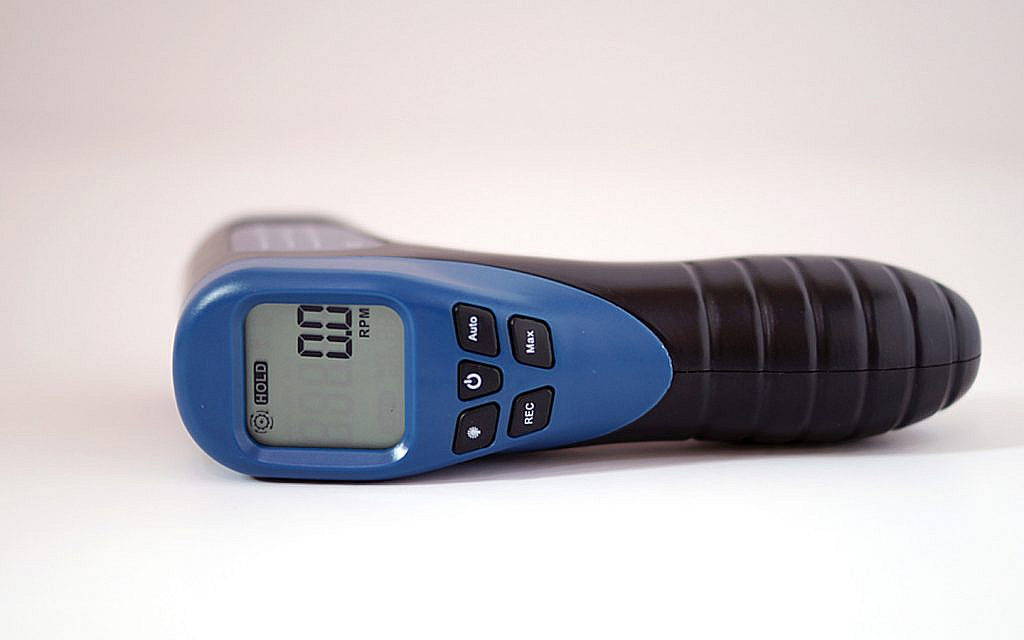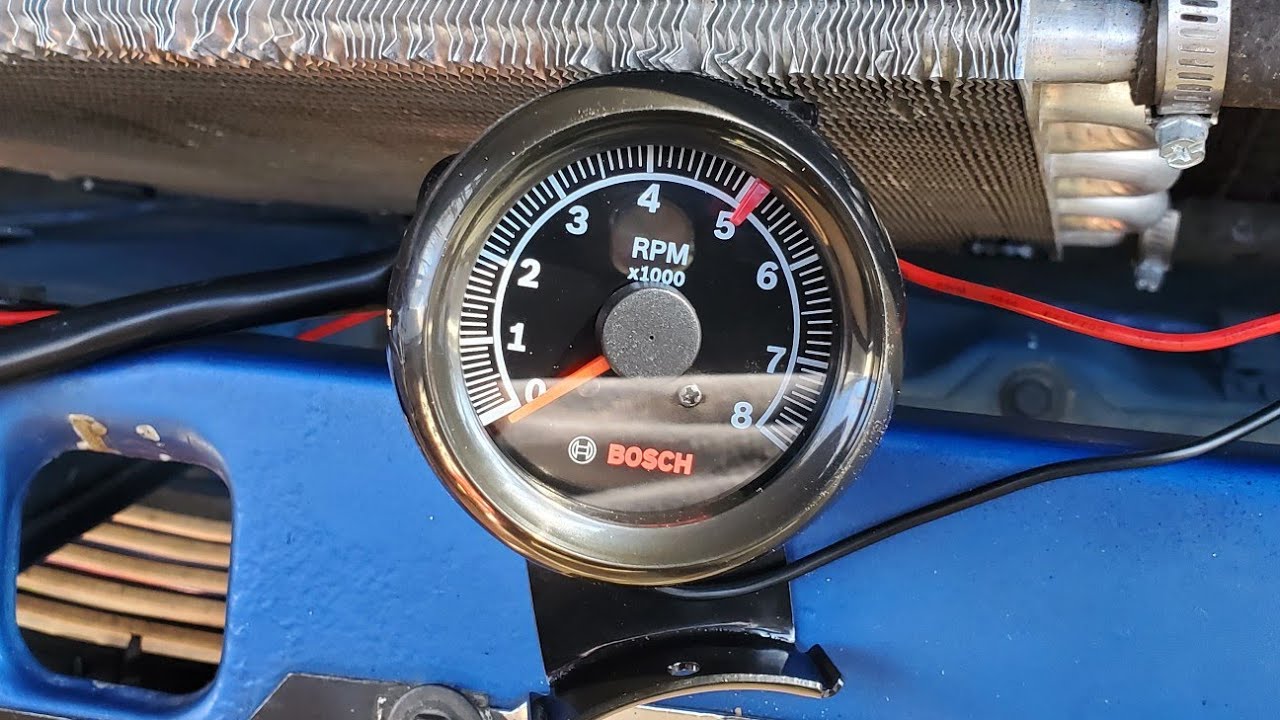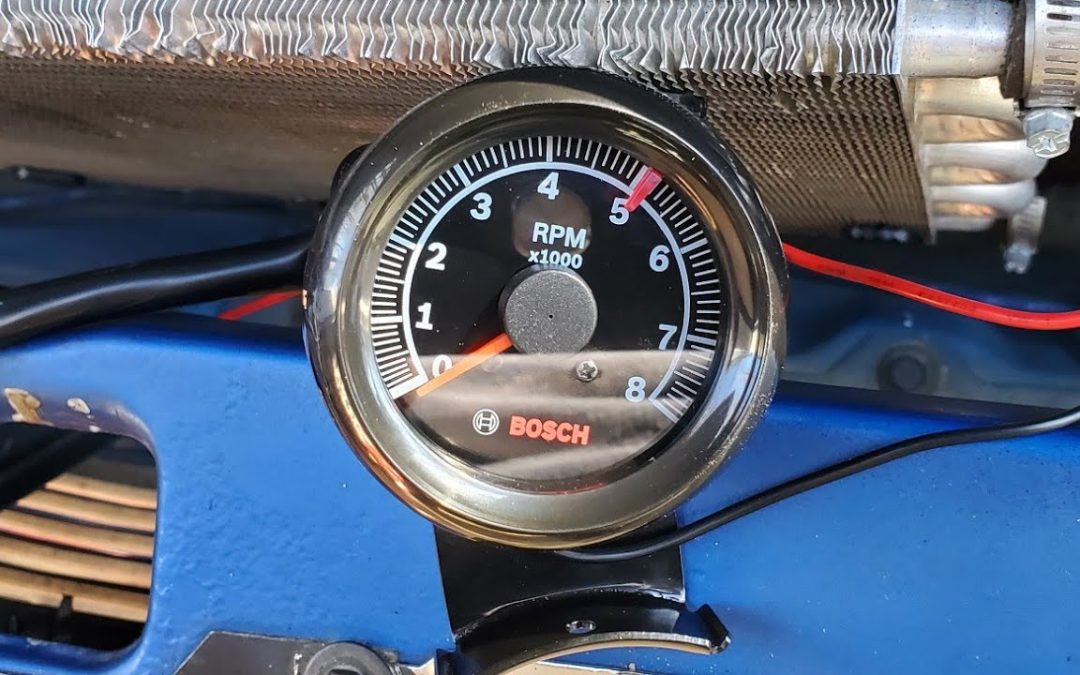When diving into the realm of sophisticated measurement tools, one cannot overlook the tachometer generator. It is a crucial device in numerous industrial applications, especially for Industry QA Professionals looking to ensure accuracy and efficiency. But, what is a tachometer generator? This article aims to shed light on this tremendous piece of technology.

Understanding the Basics
Simply put, a tachometer generator is a device that converts mechanical rotation into an electrical signal. This enables the measurement of rotational speed, which is invaluable in various industrial applications.
How Does a Tachometer Generator Work?
The fundamental working principle of a tachometer generator revolves around electromagnetic induction. When a rotating machine is connected to a tachometer generator, it induces an electrical current, the magnitude of which is proportional to the rotational speed. This output can then be read and analyzed to monitor various aspects of the machine’s performance.
Types of Tachometer Generators
There are several types of tachometer generators, each serving different purposes:
- DC Tachometer Generators: These devices produce a direct current (DC) voltage proportional to the rotational speed. They are commonly used where precise and stable measurements are required.
- AC Tachometer Generators: These generators produce an alternating current (AC) voltage. They are often used in simpler applications where extreme precision is not as critical.
Applications in Industry
Tachometer generators have a broad range of applications across multiple industries:
- Automobile Industry: Used to measure the rotational speed of engines and other moving parts.
- Manufacturing: Essential in monitoring the speed of conveyor belts, motors, and other machinery to ensure optimal performance.
- Robotics: Employed to provide feedback on motor speeds for precise control.
- Aerospace: Used in both testing and operational phases to monitor the performance of various components.
Key Benefits of Using Tachometer Generators
Accuracy and Precision
One of the main advantages of using a tachometer generator is its ability to provide highly accurate and precise measurements. This is particularly important in industries where even the smallest deviations can have significant consequences.
Durability and Reliability
Tachometer generators are built to withstand rigorous conditions, making them highly reliable over long periods. This durability is essential in industrial environments where equipment must be consistently dependable.
Cost-Effectiveness
Despite their advanced capabilities, tachometer generators are generally cost-effective solutions. Their efficiency and durability often translate into reduced maintenance costs and downtime.
Installation and Maintenance Tips
Proper Installation
For a tachometer generator to function correctly, it is crucial to ensure proper installation. This includes securing the generator to the rotating machine and correctly aligning all components.
Routine Maintenance
Regular maintenance is key to prolonging the lifespan of a tachometer generator. This includes periodic inspections, cleaning, and calibration to ensure continued accuracy.
Troubleshooting Common Issues
Some common issues with tachometer generators include signal loss and inaccurate readings. These problems can often be resolved through proper troubleshooting techniques, such as checking connections and recalibrating the device.
The Future of Tachometer Generators
Technological Advancements
As technology continues to evolve, so too do tachometer generators. Innovations in materials and design are leading to even more precise and reliable devices.
Integration with Other Technologies
Future tachometer generators are expected to integrate seamlessly with other technologies, such as IoT and AI, to provide even greater insights and control over industrial processes.

FAQs
What are the main components of a tachometer generator?
The main components of a tachometer generator include the rotor, stator, and the output terminals. These work together to convert mechanical rotation into an electrical signal.
How often should a tachometer generator be calibrated?
It is recommended to calibrate a tachometer generator at least once a year, although more frequent calibration may be necessary in high-precision applications.
Can tachometer generators be used in harsh environments?
Yes, many tachometer generators are designed to withstand harsh conditions, including extreme temperatures and exposure to moisture and dust.
For more information about tachometer generators, you can visit this detailed article.
Additionally, you can explore how tachometer generators are utilized in the manufacturing industry this guide by Strobox.
For solutions that integrate tachometer generators with high-speed genetic analysis and sequencing monitoring, read this article.
